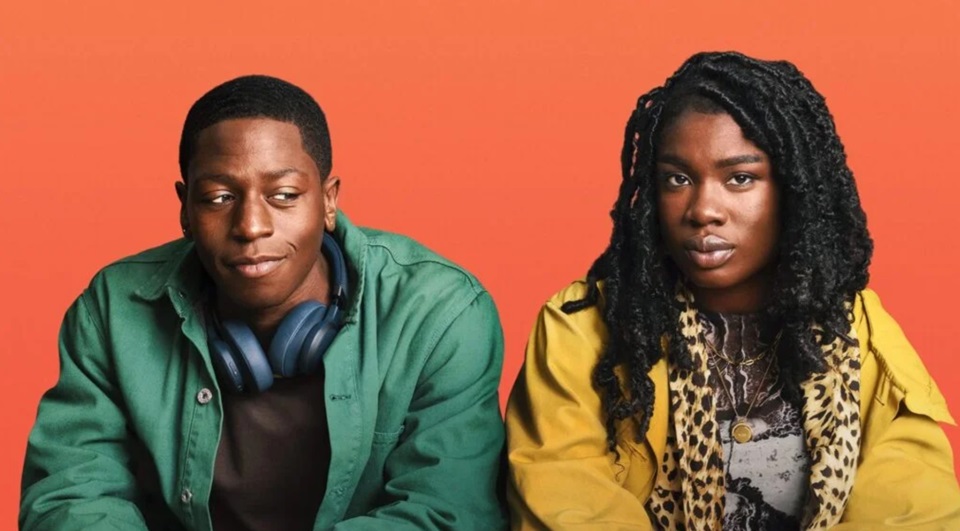
Brilliant. Audacious. Nimble. Rye Lane breathes fresh life into the much-abused romantic comedy film genre. Recent filmmakers from Hallmark to Tyler Perry have shamelessly resorted to rom coms to make a quick buck with dumbed down, fast food cinema that insults intelligence and reinforces tired right-wing cultural stereotypes.
Director Raine Allen Miller and her crew were having none of such lowest common denominator moviemaking when they crafted Rye Lane. Black and working-class relationship comedies certainly don’t have to mirror tired paint-by-the-numbers plot conventions and shallow character development which only serve to reinforce conventional mores and conservative ideology.
Rye Lane starts off with a challenging slice-of-life shot in the gender neutral bathrooms of Rye Lane Market. From this opening set piece, where traditional roles are reversed, the film bristles with the bright colors and cacophony of sounds of that ethnically diverse neighborhood. Special mention should be made of cinematographer Olan Callardy, whose passion for art, fashion, and color catch the eye, rhythm, and spirit of South London’s African community.
Dom sits in his bathroom stall, seeking privacy, but loud and long weeps over his crushed relationship with six-year girlfriend Gia. She has cheated on him and ditched him for his best friend, slow-witted Eric. Next stall over Yas tries to comfort him. Though a stranger, she then follows him to crash Dom’s painful sorting out meet with Gia and the feckless Eric, carving through their sanctimonious cheat affair justifications. Yas pretends to have met and swept off her feet by Dom doing karaoke at a local pub! Clearly, Yas is an upgrade. Gia and Eric are both jealous.
Yas is a force to be reckoned with. Dom’s soft personality has been an easy mark for his ex-girlfriend. Will he be strong enough now to partner with Yas? Can he attract and hold her? Will Yas reveal her own shortcomings? Will Dom be able to weather not always peaceful encounters with her family, friends, and the London art scene that fashion designer Yas has set her professional sights on?
The film’s multicultural and working-class characters are smart, self-aware to a fault, but subject to the same emotional relationship turbulence as Caucasian and middle-class couples. Will their resolution advance our knowledge of solutions to human idiosyncrasy? Does their comfort with gender fluidity posit constructive lessons in human interaction? Certainly, Rye Lane offers a less traveled cinematic route for its working-class characters to break out of the sex role stereotypes that suck the life out of the banal rom com wreckages that dot the box office landscape.
The answers to these questions are suggested by the film’s strong reviews and performance on the award circuit. Rye Lane led the British Independent Film Awards with a staggering 16 nominations including for best acting (leads David Jonsson and Vivian Oparah), directing (Raine Allen Miller’s debut film), writing (Nathan Bryan and Tom Melia), and best film overall.
Rye Lane is currently showing in theaters and streaming on Hulu.
We hope you appreciated this article. At People’s World, we believe news and information should be free and accessible to all, but we need your help. Our journalism is free of corporate influence and paywalls because we are totally reader-supported. Only you, our readers and supporters, make this possible. If you enjoy reading People’s World and the stories we bring you, please support our work by donating or becoming a monthly sustainer today. Thank you!










